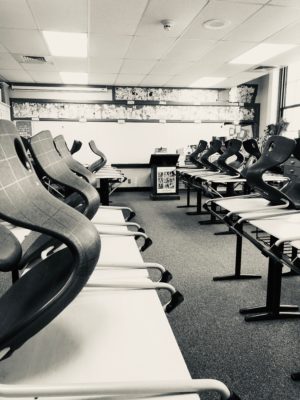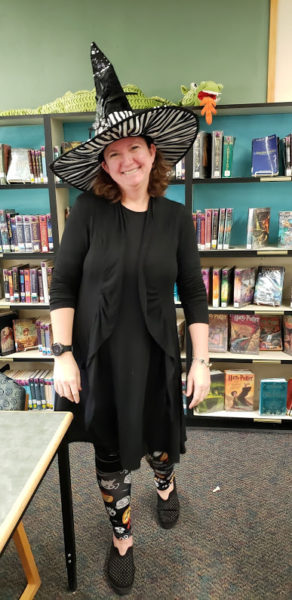One silver lining: Sometimes it takes the unimaginable to jar loose our imaginations.
When we finally get back to face-to-face education with kids, I have a few changes I hope I’ll see. Some of these are based on my own personal experiences with distance learning, some are broader. I hope to see…
- Continued curricular flexibility and resources to individualize for kids based on their needs, interests, and situations.
- The devaluing [elimination…?] of grades and task completion as a means of measurement in favor of teaching and learning rooted in skills and standards.
- The dismissal of “the way we’ve always done it” as a argument with any merit whatsoever.
- The recognition that different environments (in-person, virtual, etc.) have strengths and limitations, that these vary from student to student, and that each student can have access to their own “just right” mix.
- Realization, without question, that quality teaching demands quality preparation, which demands time… and that we revise the teacher work-day to include actual, meaningful, and significant time for preparation, collaboration, and design.
How about you? In what ways do you hope school looks different upon our eventual return?








